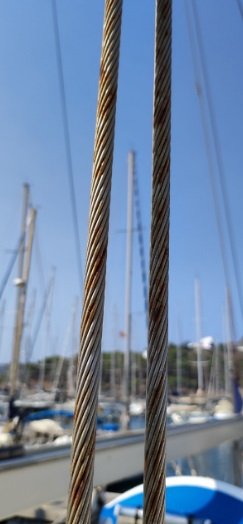AnnelyR
Member
I do wonder if we could use the expertise (or the lack of it) as an argument - i.e. being a customer with no expert knowledge against parties that possess that knowledge - one says you need new rigging, the other (manufacturer) says it's entirely normal and presumably still okay for another 7-8 years - how can we tell who's right? Perhaps that could work in our favour if we ended up taking the Claims Court route? It's unreasonable that one has to become an expert in order to determine the right course of action, as seems to be the situation without a regulatory body.That is exactly what the OP has done as explained in the original post. It was not successful for the reasons I suggested in my post. It is extremely difficult to get anywhere with this sort of claim because you have to prove something that is almost "unprovable" - that is the product was not suitable for the job or that it failed to perform in the manner expected. Surviving 15000 miles of ocean cruising in all weathers without failing suggests it was adequate. The complaint is about the staining and apparent magnetism, neither of which seem to have affected performance. As the OP says, all he has for support is the opinion of a rigger - no evidence of the specification required, whether it was made correctly nor tests of failure for example.
Last edited:

